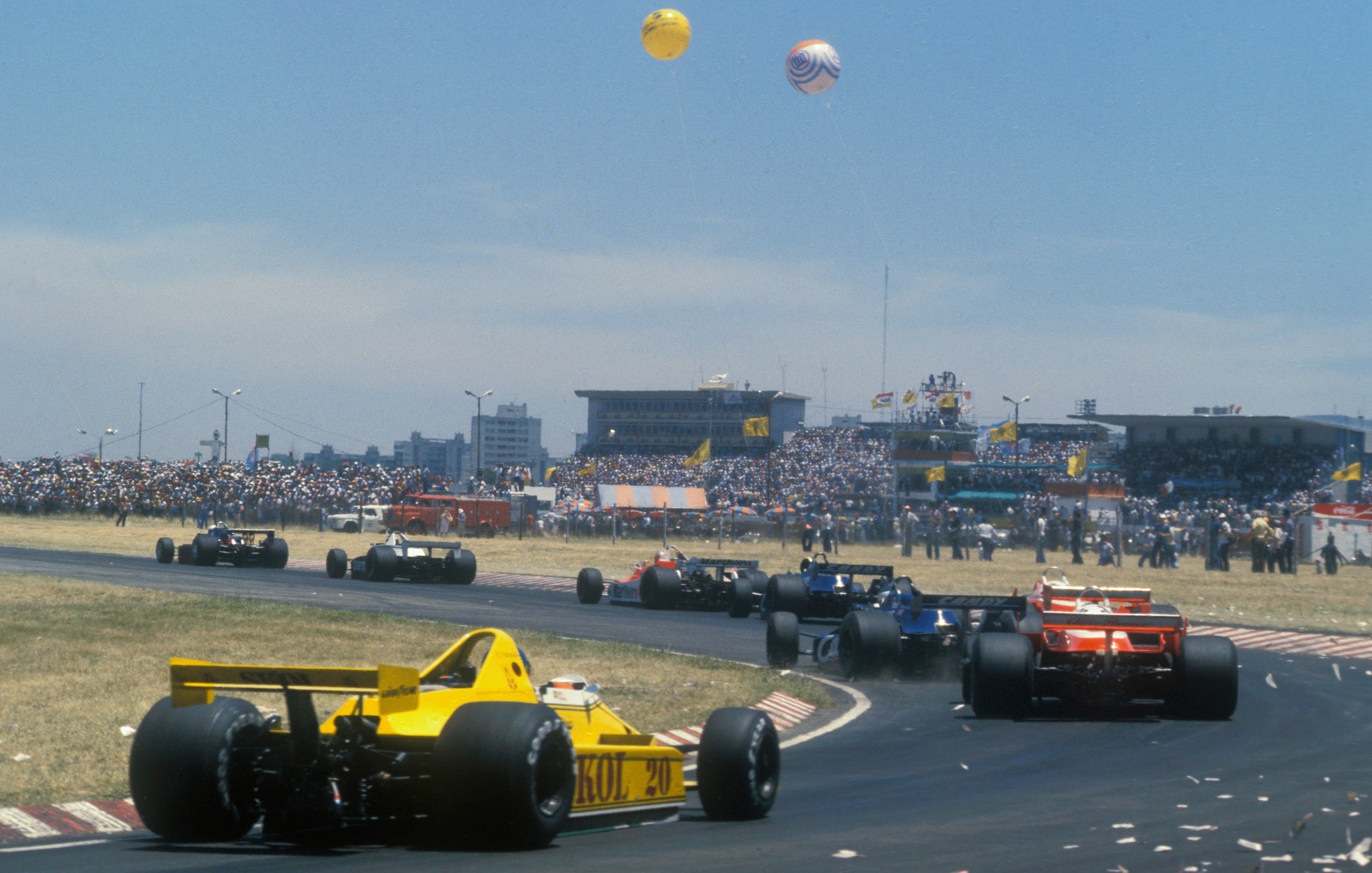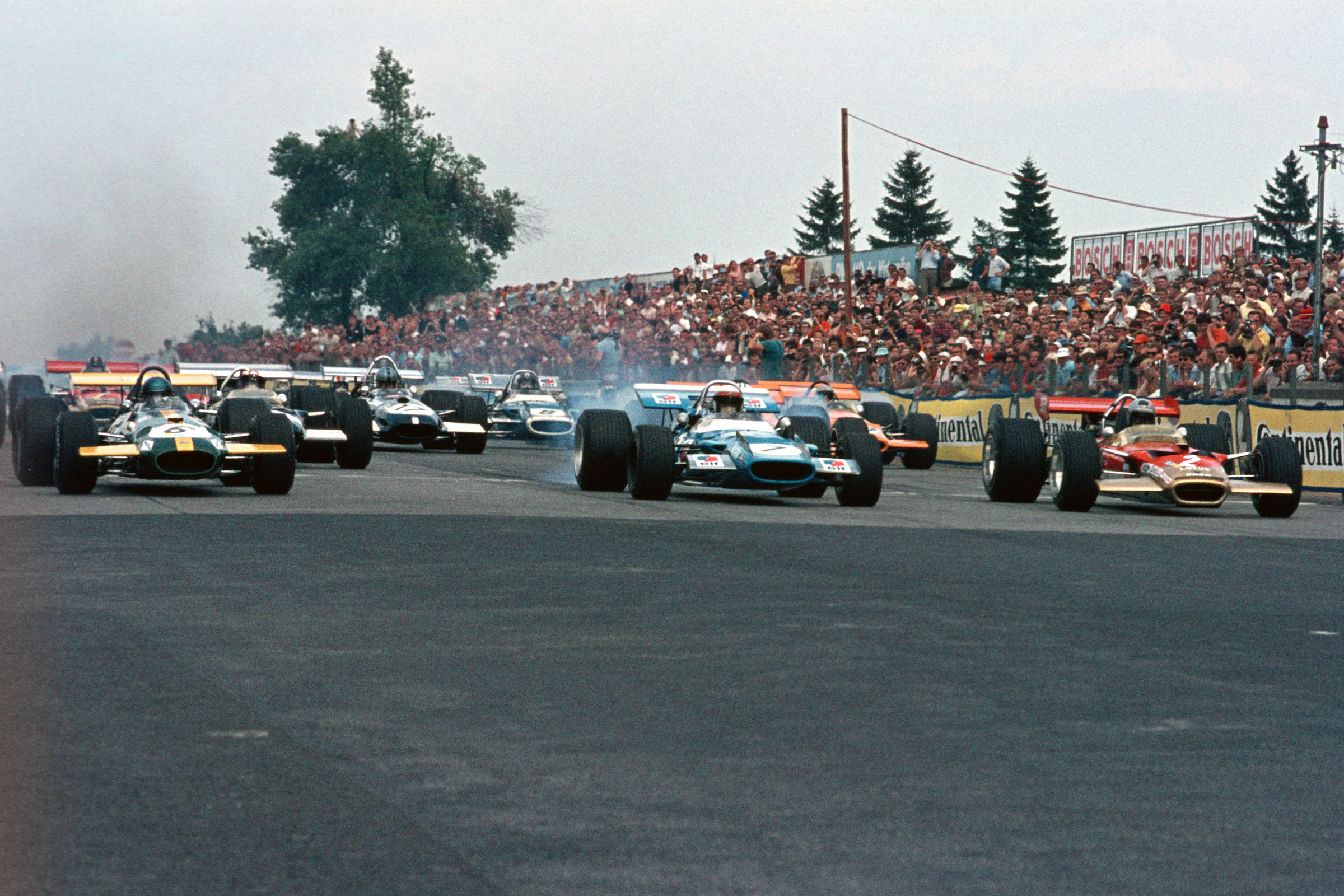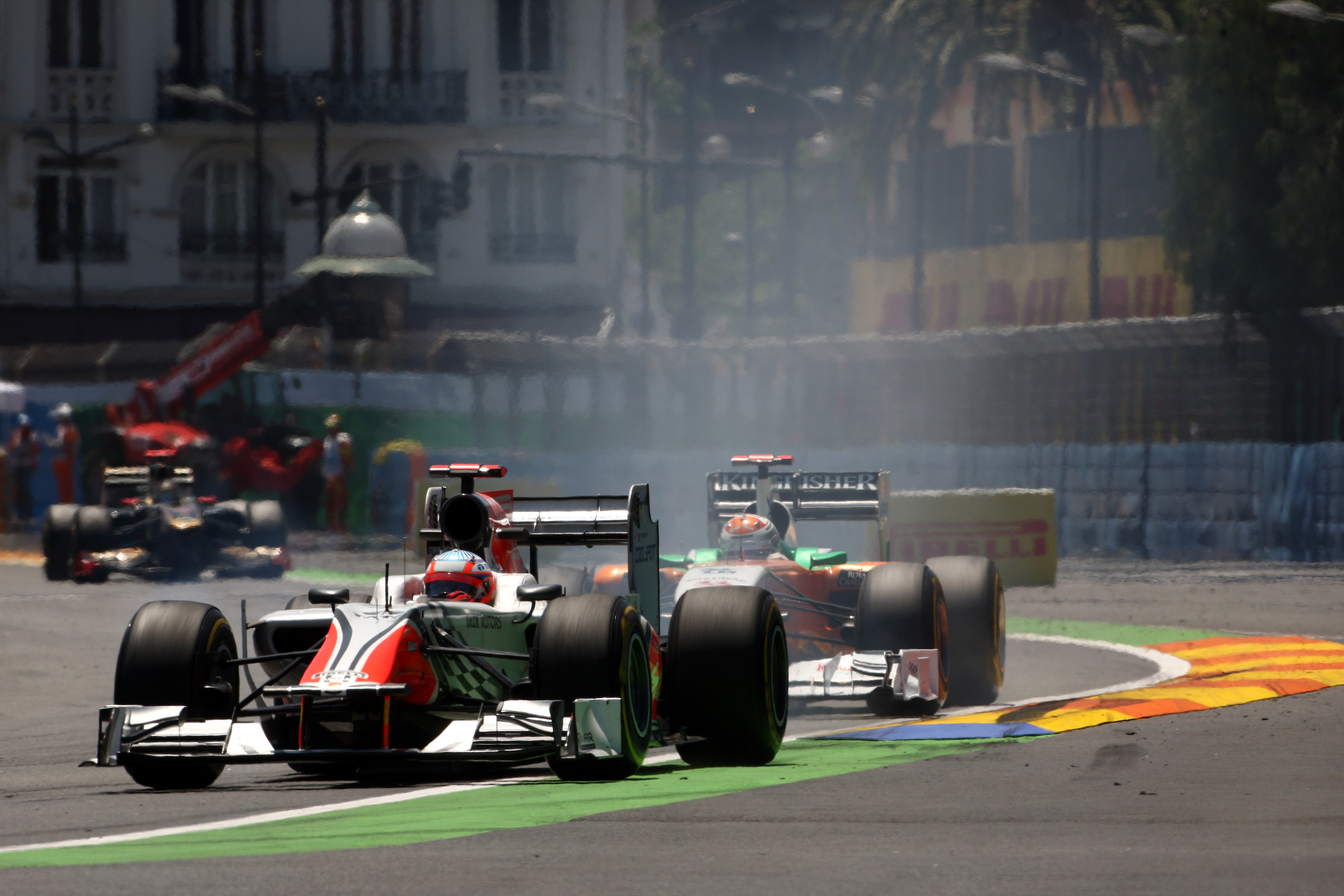Up Next

Points have always meant prizes in Formula 1. But the system for awarding those points has evolved over the years, meaning a point in 2021 has a very different value to one awarded 70 years ago.
In response to an article looking at the success of recent debut points scorers triggered by rookie Yuki Tsunoda’s ninth place in the Bahrain Grand Prix, many commenters argued that the awarding of points to 10th place devalued the achievement given it is now easier to score points.
It’s a reasonable position. Once as few as five drivers scored points in a race. That rose to six in 1960 then eight in 2003 and then to the present 10 from 2010 onwards. So it’s undeniable that points are more plentiful.
But whether they are easier to score is a slightly different question.
Remarkably, looking at the four main points systems used in F1, the percentage chance of scoring points simply by finishing a race has remained very stable – fluctuating between 56.6% and 60%.
The rate for the current system is 59.2%, while reliability levels mean that, on average, you have to beat 7.3 other drivers to make the points.
That’s higher than for any of the previous points regimes, although overall the number of points scored per race starter is higher than ever given larger grids. In the 1950s, 29.1% of race qualifiers scored points in each race but for 2010 to date, it’s 46.8% and this year 50%.

This does slightly muddy the waters as it’s very clear that reliability levels mean you need to be ahead of more rivals at the chequered flag than you have done in other eras. For example, when Alain Prost finished sixth on his F1 debut with McLaren in Argentina in 1980 (pictured above), there was only one other classified finisher – Brabham’s Ricardo Zunino.
But on the other side of the coin, while reliability of cars today is so good this is largely independent of the driver. In 1980, to return to the Prost example, the way he drove did make an active contribution to that reliability rate. As usual, it’s a case of different challenges for different eras.
Looking by era, the most difficult decade to score in simply by finishing was the 1970s, when 52.7% of classified finishers scored. The easiest was the 1960s, when 70.4% of finishers picked up points. The modern era sits in between those extremes, 59% from 2010-19 and 61.6% for the ‘20s so far.

Curiously, the easiest season statistically to score points in was 1969 (pictured above), when a remarkable 86.3% of classified finishers were awarded points. On average, you only had to beat 1.8 cars to get into the top six.
There have even been 34 world championship races where every single finisher scored points, most recently the 2008 Australian Grand Prix.
By contrast, the most difficult race to score a point in by this metric was the 1952 British Grand Prix, with 17 finishers behind the last points scorer. It’s no coincidence that this was also the season in which points where hardest to come by, with only 41.5% of classified finishers scoring thanks to the influx of entries with the world championship running to Formula 2 regulations.
The toughest race to score in the 21st century, the 2011 European Grand Prix in Valencia, where all 24 cars finishes, had 14 non-scorers.

In that race, Narain Karthikeyan finished 24th and last for HRT – a car with a level of competitiveness that might have picked up a very occasional point in an earlier era, but that had no chance in the 21st century.
These metrics are limited when it comes to how easy it is to score points. But the fact that the rate of getting points simply by finishing has remained relatively steady as points have grown from being awarded to the top five (plus fastest lap) in the early years to the top six, eight then 10 suggests that the expansion of the points positions was necessary.
And far from making it so easy to score, it merely reflects the way F1 has changed. Were F1 to return to points down to sixth, in 2020 only 14 drivers would have scored rather than the 20 who did.
That’s why when it comes to points, it’s overstating the case to dismiss it as too easy to score these days.
Yes, more drivers score so there are by definition a greater number of points positions to be filled, but for a reasonable chance of getting into them you will need to have a half-decent car and likely race well.
And while the jump to 25 points for a win in 2010 made any attempt to compare points totals with earlier eras even more irrelevant, that doesn’t necessarily correlate with a reduction in the value of getting into the points positions in itself.
Coming back to the example of Tsunoda, his performance was a curate’s egg. He had the fourth-fastest car based on qualifying pace, but underachieved on Saturday so went out in Q2 and then had a poor start to the race.
But to get back into the points, he had to lap quickly, make moves and look after his tyres well – not an easy task in your debut grand prix.
As ever, judgement of such performances is never as clear cut as raw numbers might suggests.
Performances can only be judged on their own merits and in their own context. The temptation to shrug off points as being given out like confetti today is an over-simplification, just as it would be to say it was easy to score F1 points in 1969 just because finishing rates were so low.






